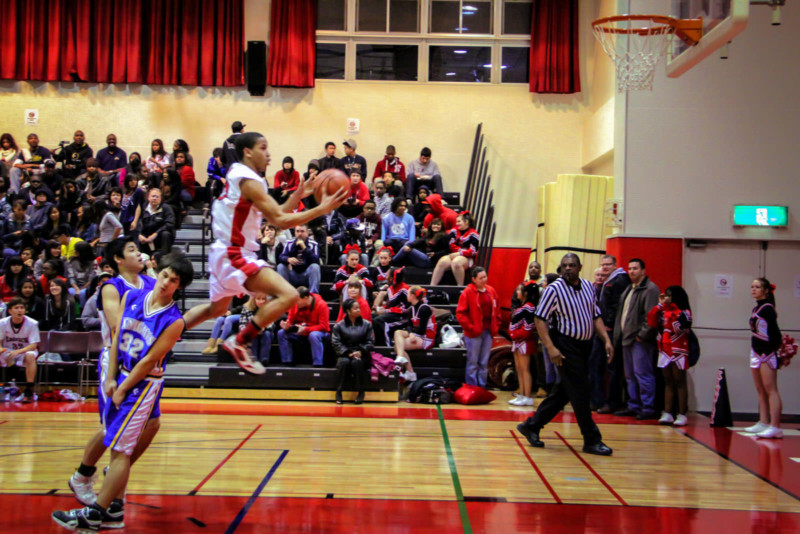
Let me begin by saying I am in no way a professional sports photographer. I am simply a high school math teacher who loves three things: teaching, mathematics, and photography. As a serious photographer in my school, it often fell upon me to document sporting events for the benefit of the school and the students themselves.
The yearbook requires more than simple iPhone game photos, and the students love photos that they can post in their social networking world.
Over the years I have photographed many amateur events which required spending considerable time reading and studying the world of the sports photographer. Let me simply say their world is not an easy one. The following is a collection of techniques that I have used to record that critical moment of an action photo.
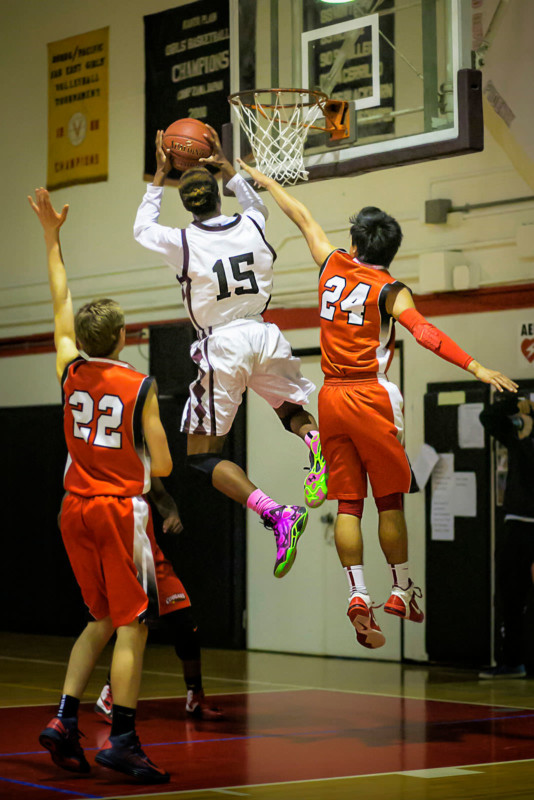
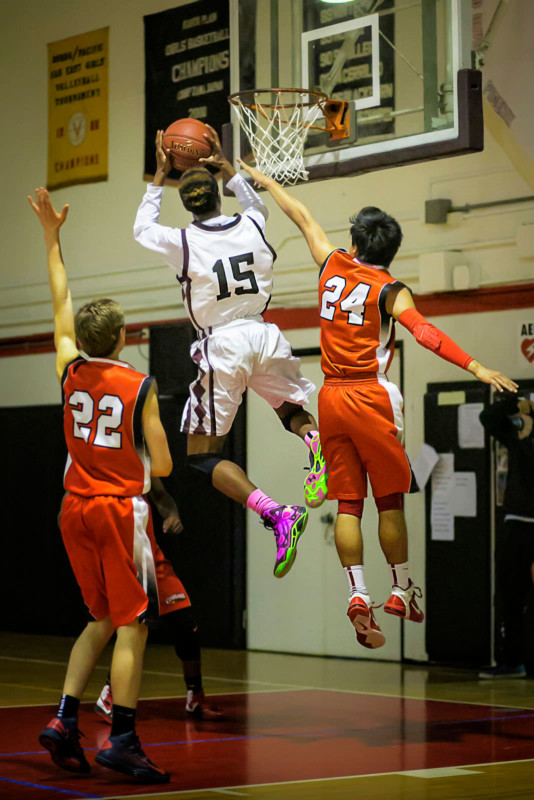




The life of a sports photographer is vastly different from that of other photographers. While all photographers face challenges, the sports photographer faces diametrically opposing forces. The landscape photographer must by the nature of the work, travel. As Scott Kelby says,” If you want prettier pictures, you must go to prettier places.”
The landscape photographer must therefore travel far and then also rise from bed around 4:30 in the morning. It is imperative to arrive at the specific location prior to sunrise in order to be ready for that golden hour. That is what separates the great from the mediocre. However, once there, life is relatively simple. Set up the tripod, take a trial image, check your histogram, and then have fun. The amateur sports photographer may only take about a 15-minute drive to the local school gym, but once there, the real problem solving begins.
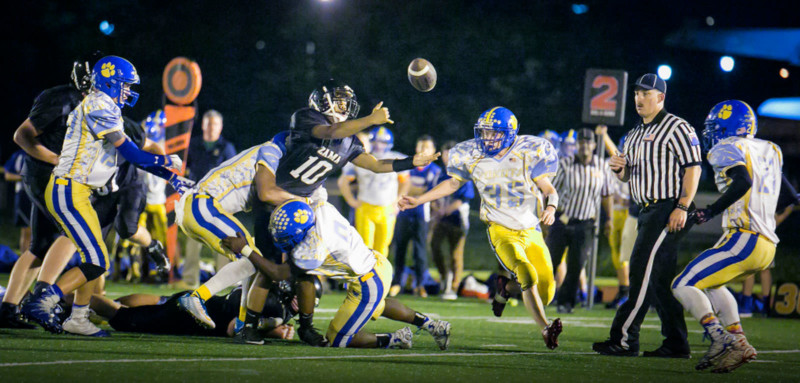


But before we get to the school, let’s talk about finances. Everybody knows that digital photography is an expensive hobby. However, for the sports photographer, this is an understatement. For any serious photographer, it can be argued that a full sensor camera is a must. However, for the sports photographer, the bar is raised even higher.
For my amateur needs, the basic full-frame $3,000+ camera body will function, but in the pro world, it is surprisingly insufficient. In the gym or on the field the professional photographer needs the $6,000+ top-of-the-line body for one basic requirement alone. The reason is the need for that extra high-speed continuous shooting rate. These additional three to five frames per second could be critical in freezing the action at the precise “decisive moment” for that epic action pic.
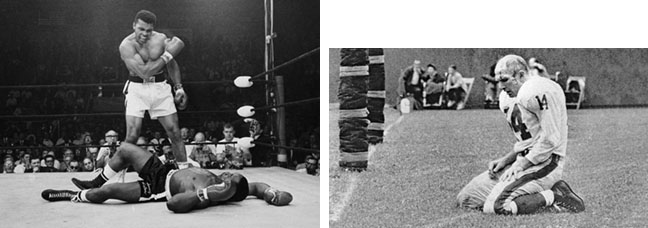
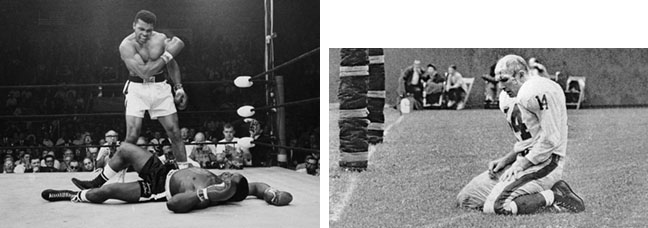

However, the photos above by John Rooney and Morris Berman are the polar opposite of the norm, yet they are perhaps my favorite. These did not freeze the exact moment when a ball hit the bat or the precise second the receiver was flying prone above the ground. These photos showed the world the emotional heart of sports. They captured the true agony and ecstasy of an athlete.
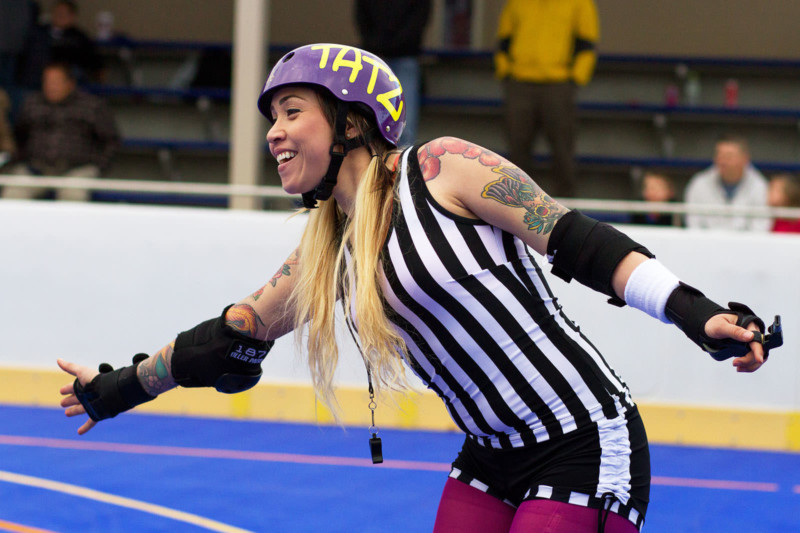
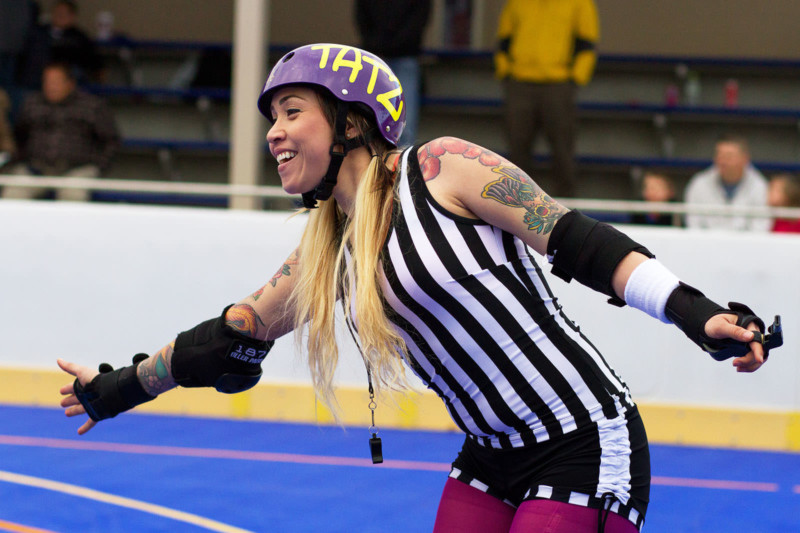

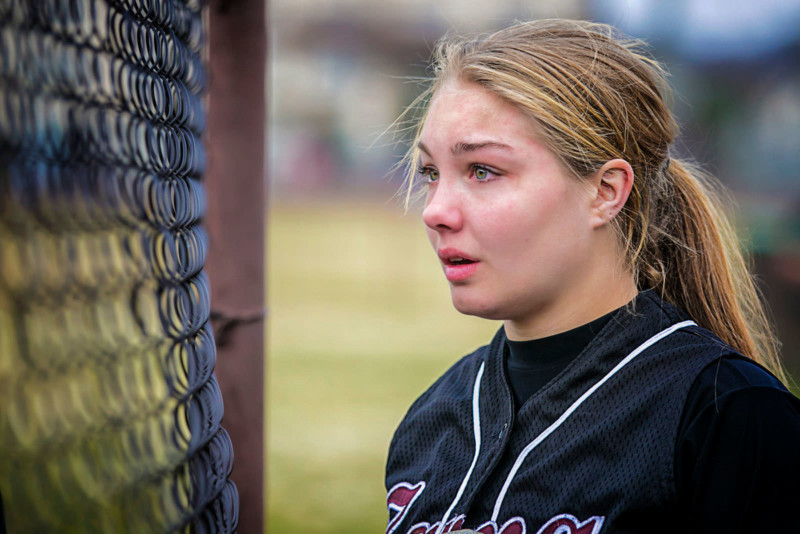
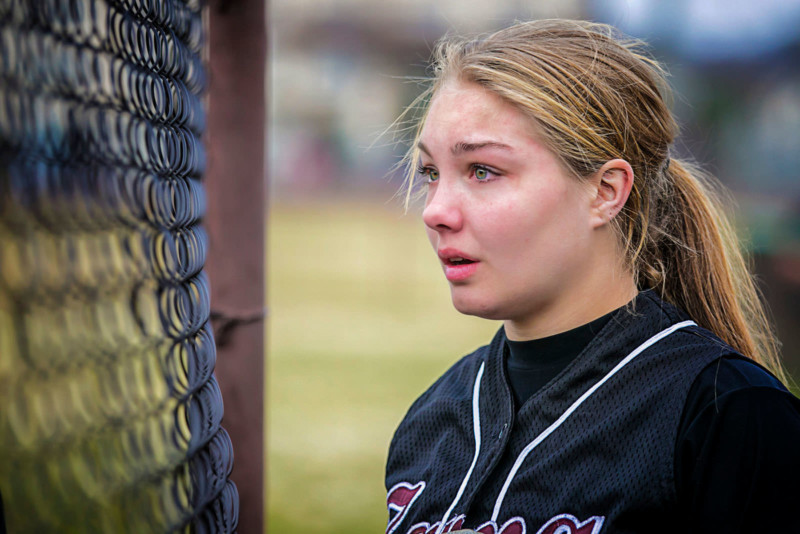

As with the photos of Muhammad Ali and Y.A. Tittle above, sometimes the role of the sports photographer is to capture the highs and lows of the game. The challenge is that to do this, photographers must take their eyes off the field in order to catch the behind-the-scenes drama. One needs to be aware of the entire arena.
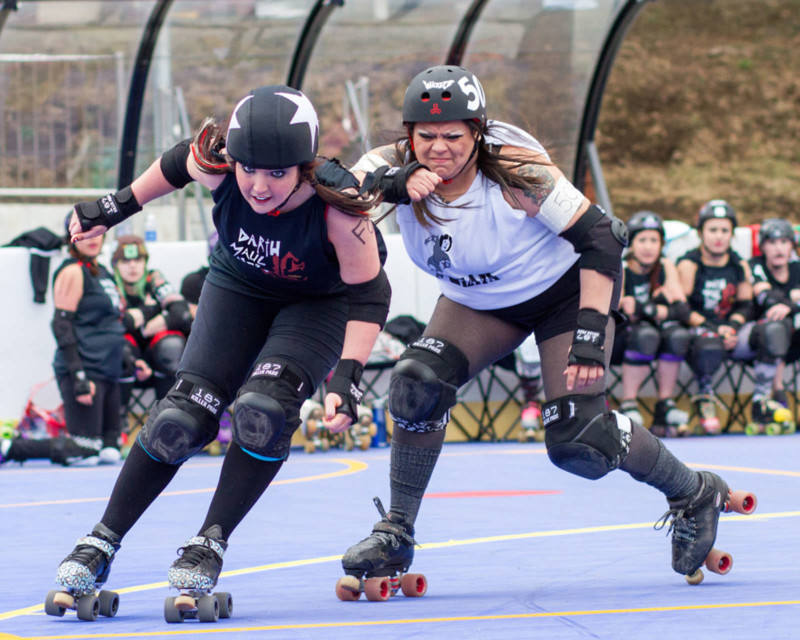
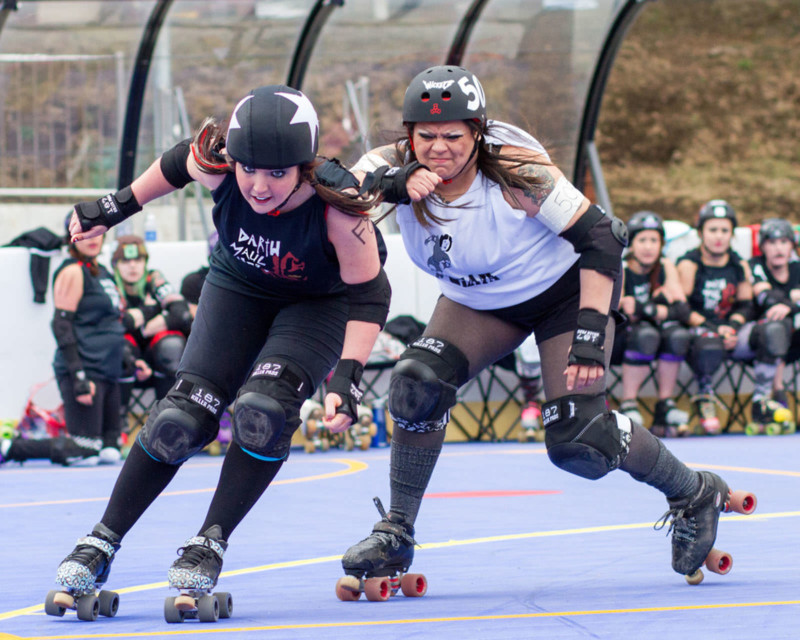

The best way to begin a discussion about the challenges in the sports world is to note the obvious. Capturing photos on the field of play requires knowledge of two distinct things, light and again light.
The first light refers to the amount or brilliance of the available light. If anyone has ever witnessed their son’s or daughter’s sporting event at the local high school gym on a Friday evening, one thing becomes quickly apparent. The arenas are not that bright. Normally in photography, this would not be a major issue. Simply open the lens to a larger aperture or crank up the ISO a bit! In sports photography, these options are not that simple.
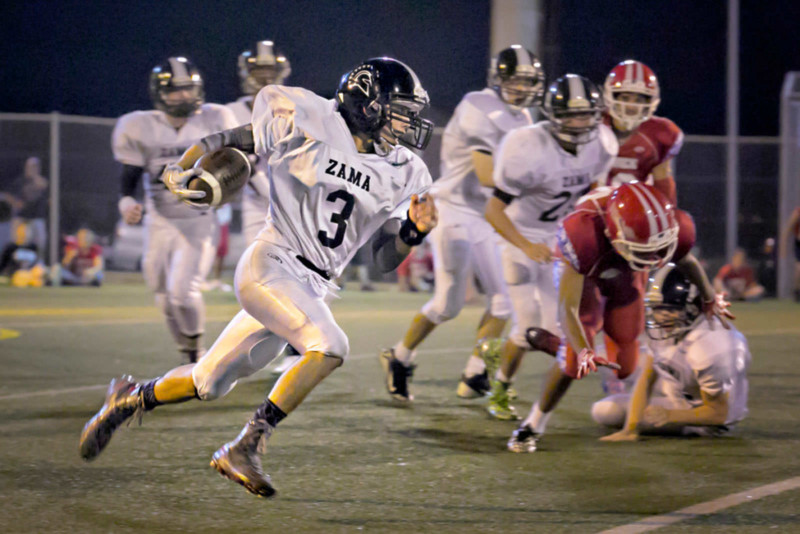
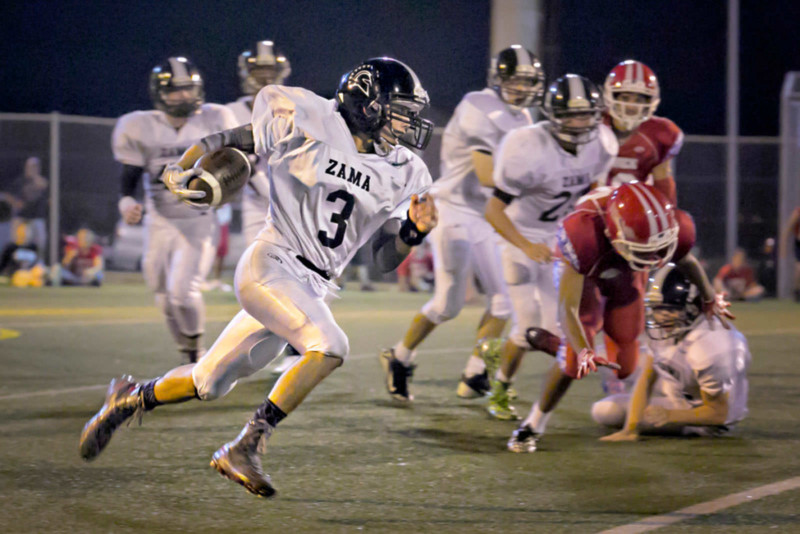

There are two uncompromising absolutes for action photos. The first is the requirement of a high shutter speed of at least 1/1000 of a second that is needed to freeze motion. The second is a long lens necessary in order to “reach” the action. In a dimly lit high school gym, besides this being a major problem, it is more importantly an expensive one.
Personally, as an amateur, I use a $3,000+ Canon 5D body, with a $2,000+ Canon 70-200mm f/2.8 lens. This is a great body and super lens combo that is indeed sharp and fast enough. While shooting wide open at f/2.8 and at 1/1000 of a second, it quickly becomes apparent that an ISO of at least 20000 is required. These requirements are pushing my camera body and lens to the maximum.
Realize, however, that my basic $5,000+ investment may indeed be functional for many settings. However, in football, I am limited to the area of midfield to my sideline. The far side of the field is simply out of range. This limitation is something I can live with as an amateur, but for the professional, this is totally unsatisfactory. They must cover the entire field. For the professional, this requirement easily doubles the price tag of the camera and lens.
Now for the second issue related to light. This time it is not the brilliance of the light, but its actual color. The light in amateur gyms and fields is fine for the parents to watch their children play. However, it is horrible for the photographer. Obviously, it is not color balanced for outdoor shooting, but the problem goes beyond this. The issue is that the balance is not even uniform throughout the gym or field. Some overhead bulbs are new, some others are old, and some are simply vacant. The light balance on the near court is often very different than that on the far court.
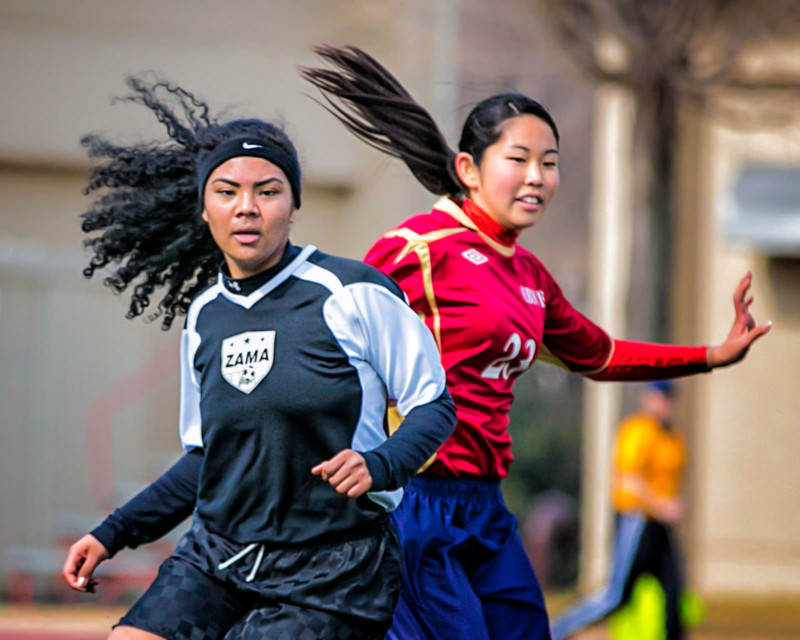
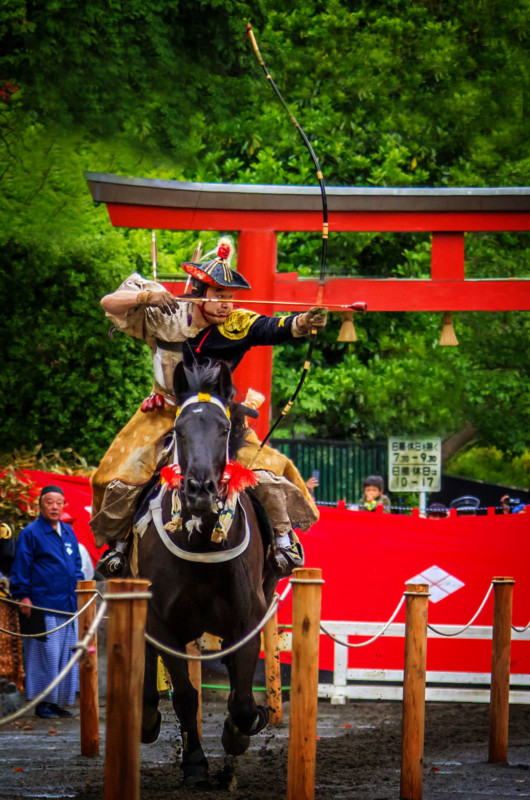

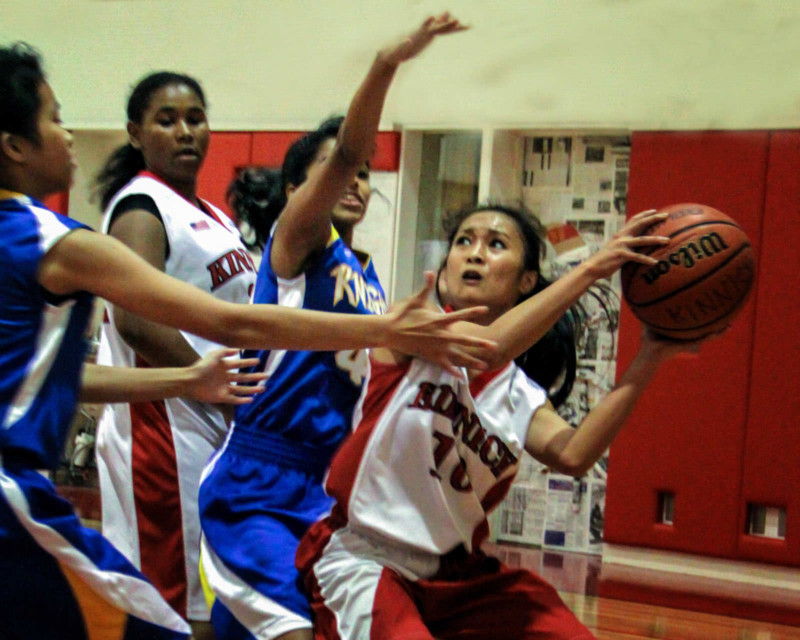
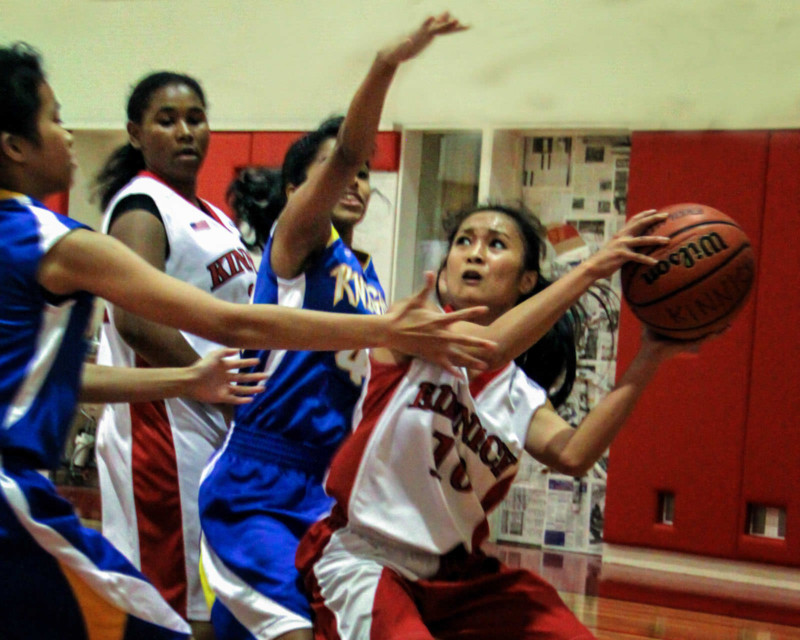

This is a major difference between the worlds of the amateur and professional photographer. In the professional setting, the light balance is mostly uniform and adjusted for television coverage. At the pro level, photographers are therefore free to shoot JPGs, rather than RAW.
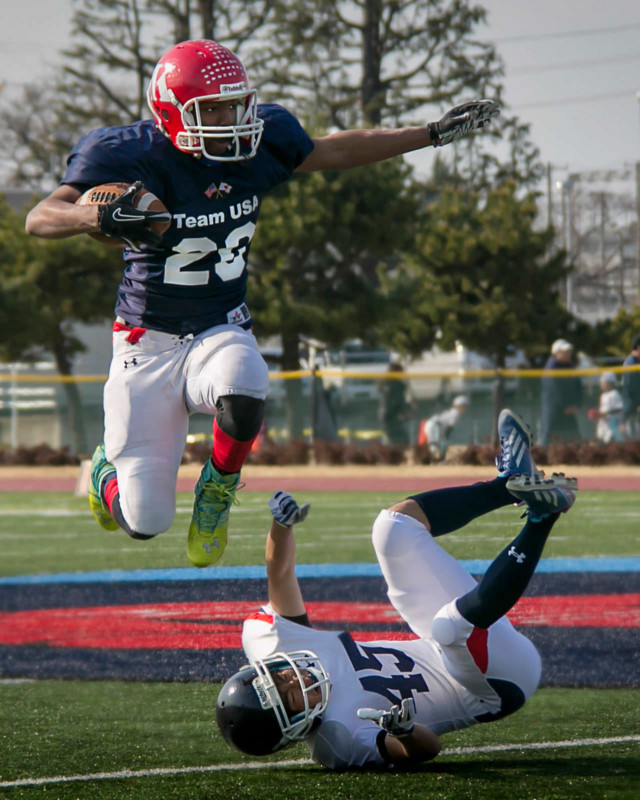
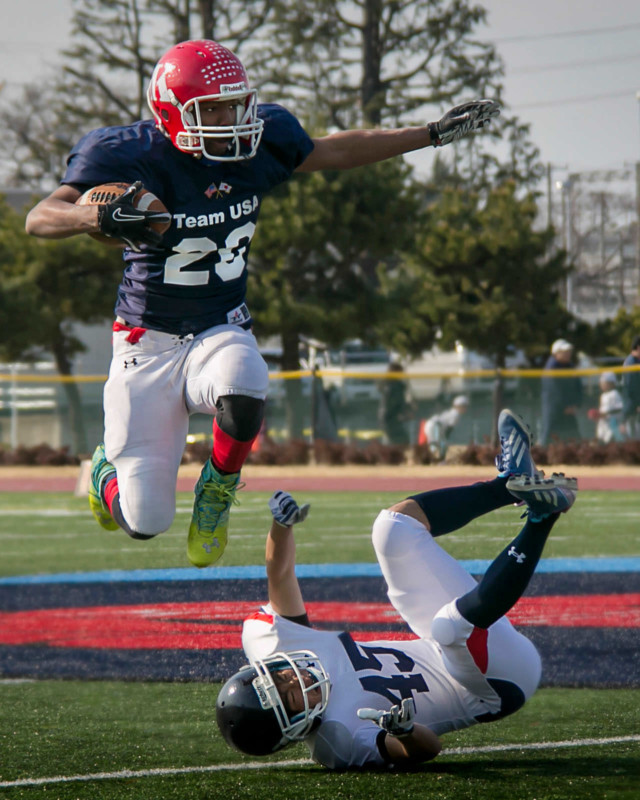

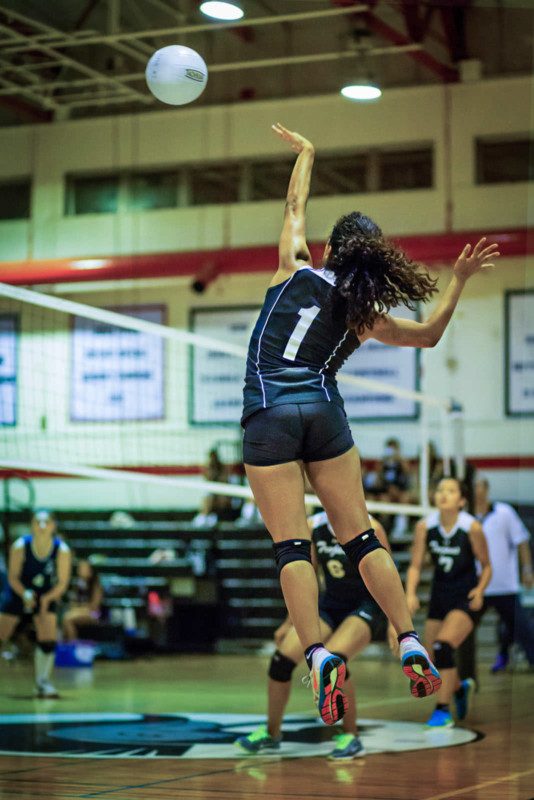
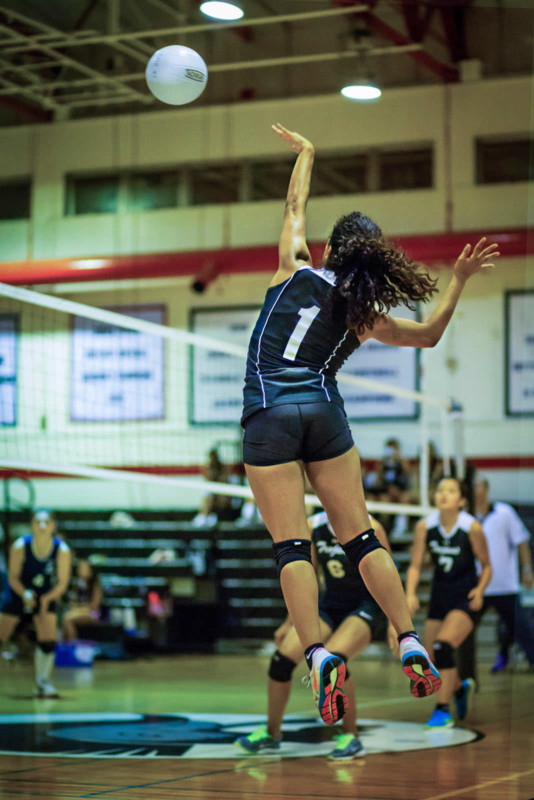

This advantage is again twofold. Shooting JPGs allows the professional to increase the high-speed rate for continuous shooting. A camera can function at a much faster continuous rate handling the smaller files of JPGs than those of a larger RAW file. Secondly, after shooting, the professional can now simply upload his files to a laptop, do a little cropping, and quickly send his selected images off to the publisher.
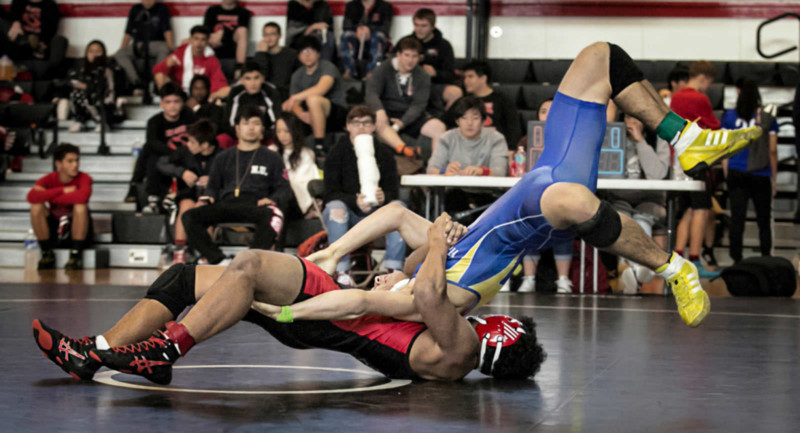


For amateur photographers, this light issue means that they must shoot RAW files. We definitely need all our available data to color balance our photos correctly. This balance also needs to be tweaked for each photo. Processing high school action photos is definitely time-consuming, but it is by any measure a labor of love. The time involved is later rewarded with the smiles on the students’ faces when they see the final product.

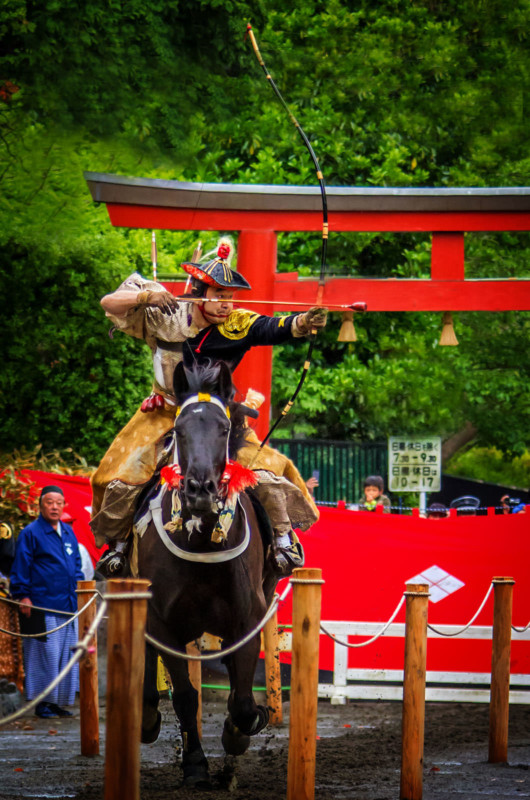


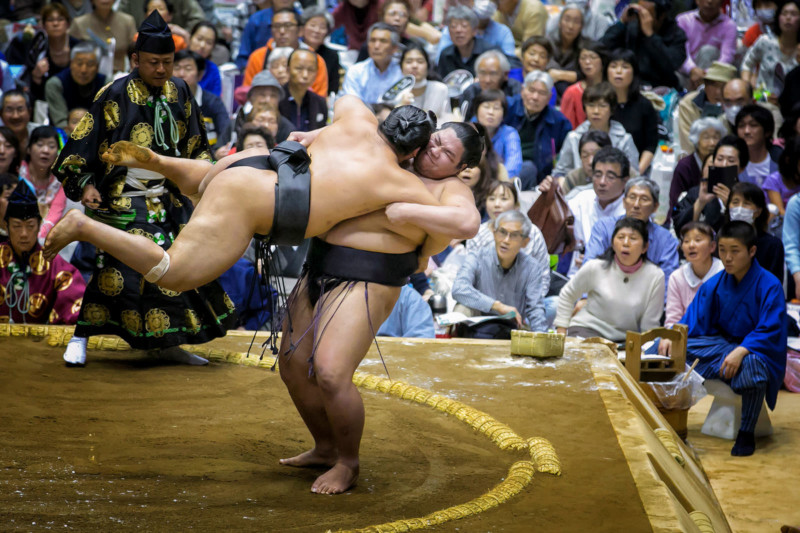

The next area to be discussed involves possible techniques to capture the desired image. The first point is perhaps counter-intuitive. Action photos should be tightly cropped, yet this is a function for post-processing. While shooting, try not to crop too close. Arms and legs are flying all over the place, and the players are jumping, diving, and sliding. The worst thing to have is a great capture with a missing hand or foot. Remember in the final image, two things are usually desired – the player’s eyes and the ball. However, if you clip a hand or foot, that is a flaw.
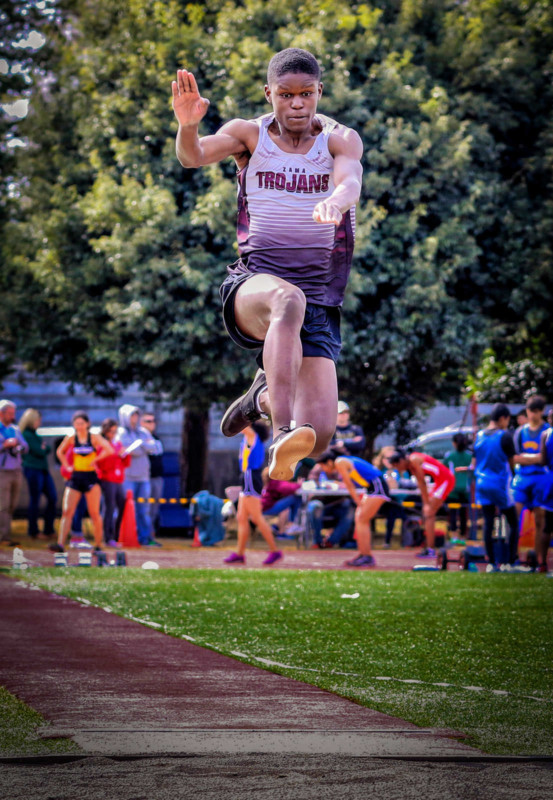
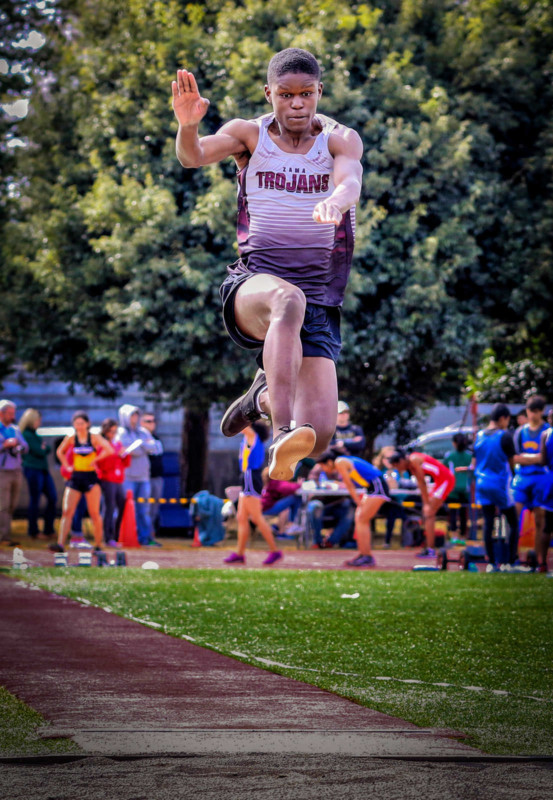

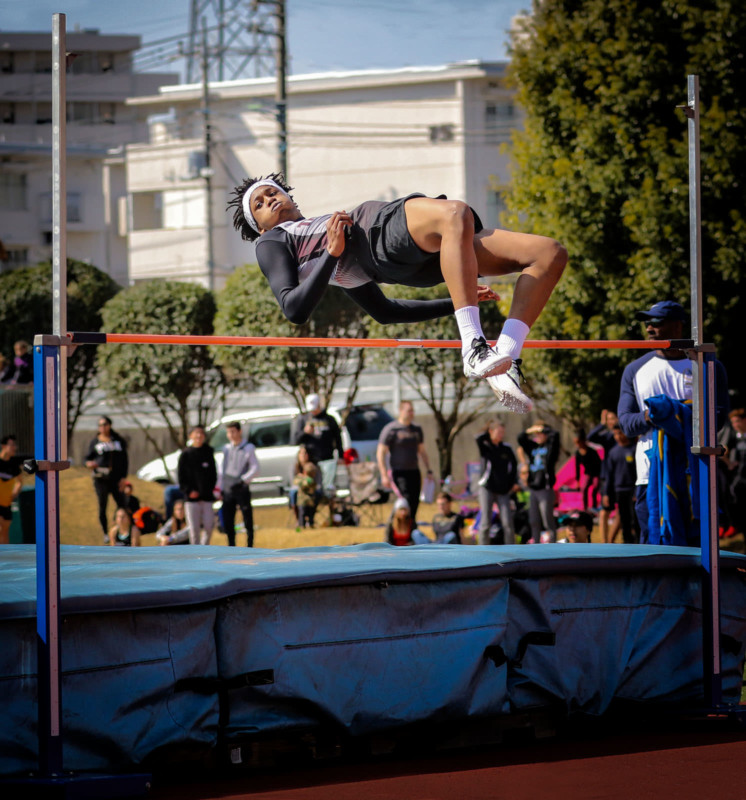
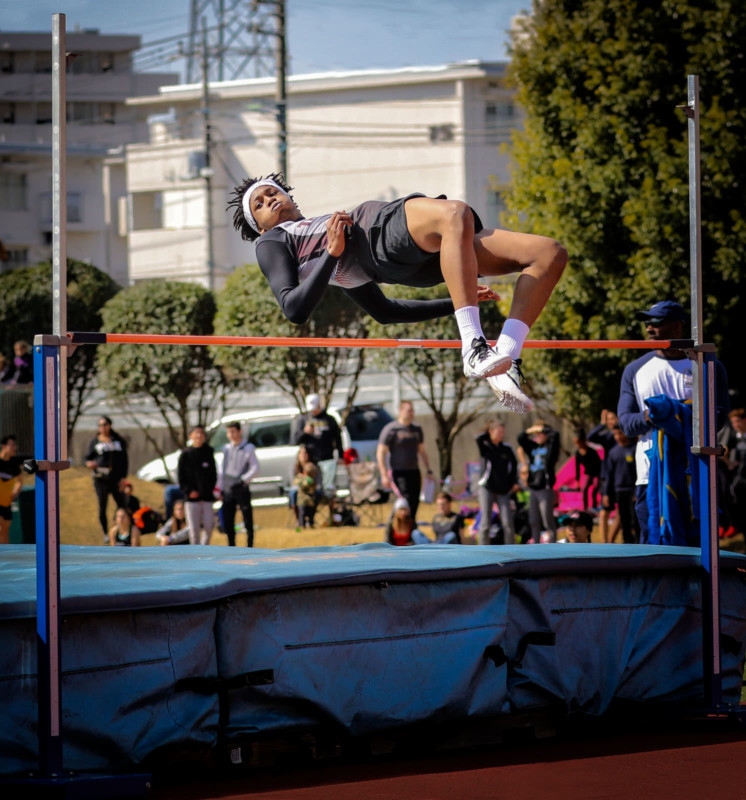

Another of the critical elements of sports photography relates to position. This is not the position of the athletes, but the position of the photographer. This is especially important when shooting action shots that involve jumping. It is always considered best for the photographer to simply take a knee. If one looks out over any pro arena, a standing photographer will never be seen. Shooting from a low vantage point tends to exaggerate the space between the ground and the athlete. Shooting action while standing has the opposite effect. It minimizes this distance which tends to flatten the action and takes away from the drama.
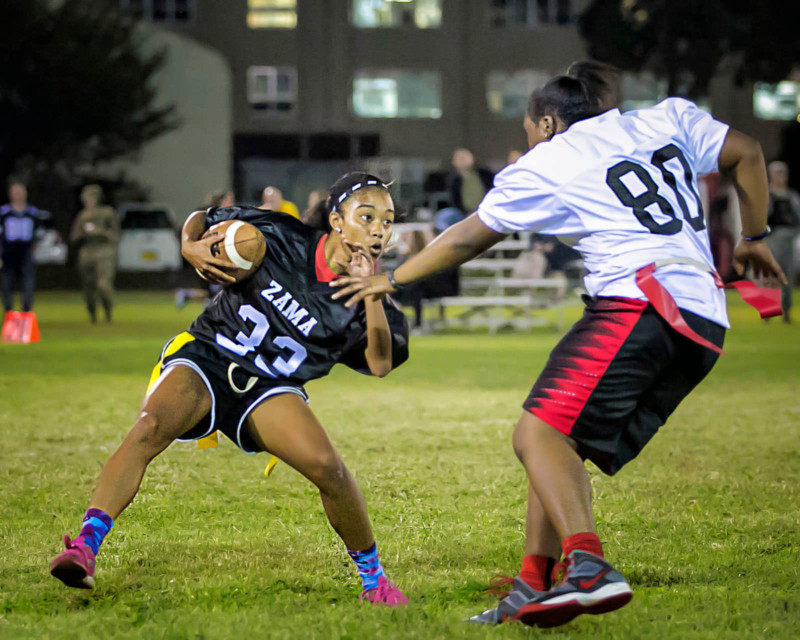
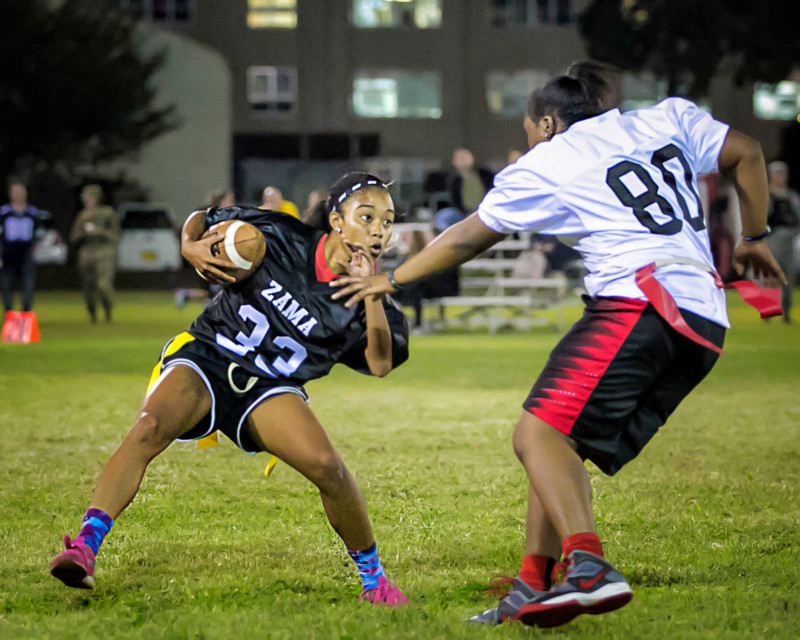

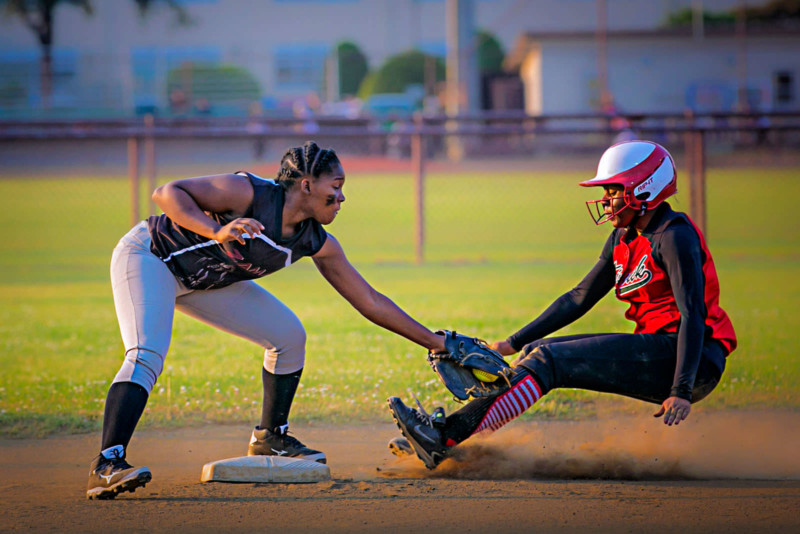
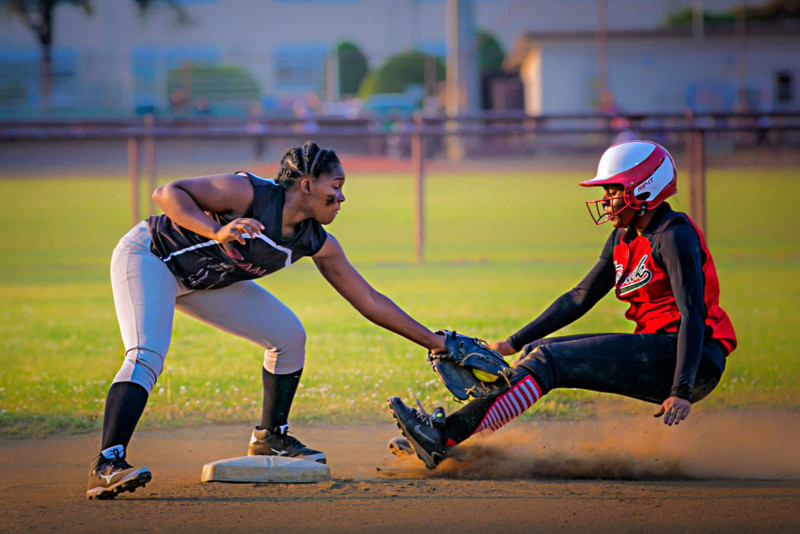

The final concern is where to point your camera. There is one principle that definitely holds true. Once the exciting moment happens, it is too late for the photographer to capture it. Looking at this from the other perspective, one must anticipate the grand event. The basic key to this is to study and know the sport.
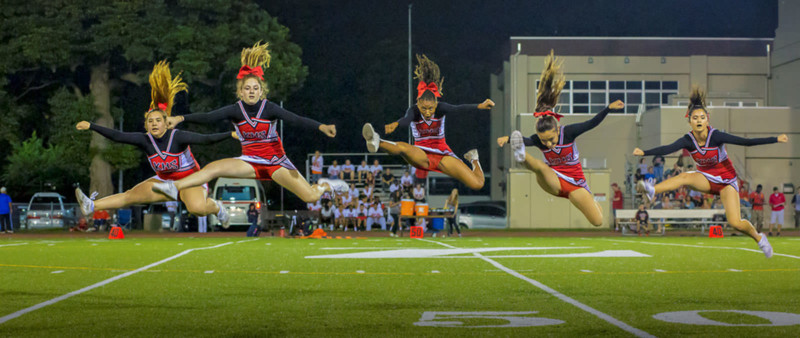
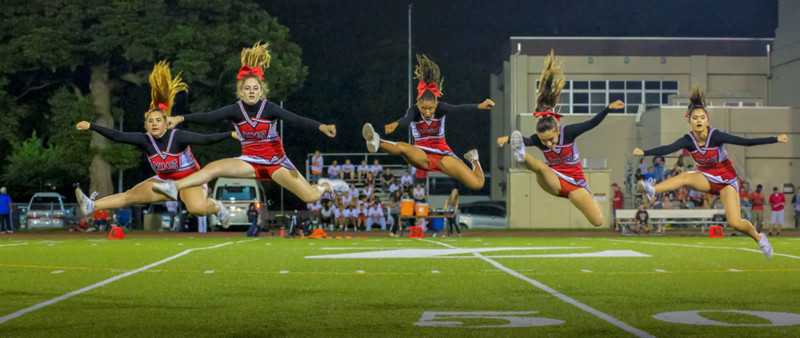

Each sport is by definition different. There is nothing to compare when shooting football in contrast to baseball. Sometimes you may simply follow the ball and trust something exciting happens in its path. Other times one may center on a key player with the same hope. Finally, the photographer could concentrate on a position on the field or a base where you anticipate action. This decision-making process comes from experience and studying the game and the players. Obviously, there is always a little bit of luck involved, but the great sports photographers create their own luck.
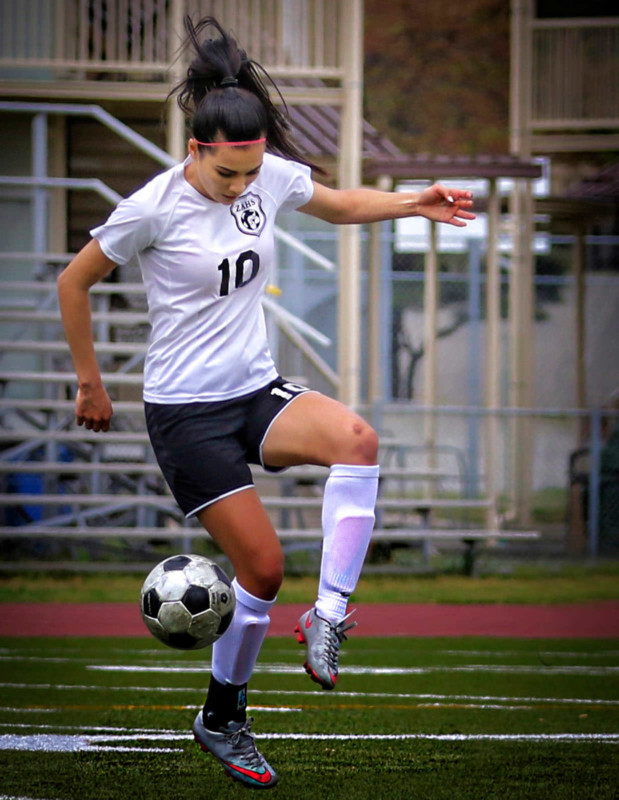
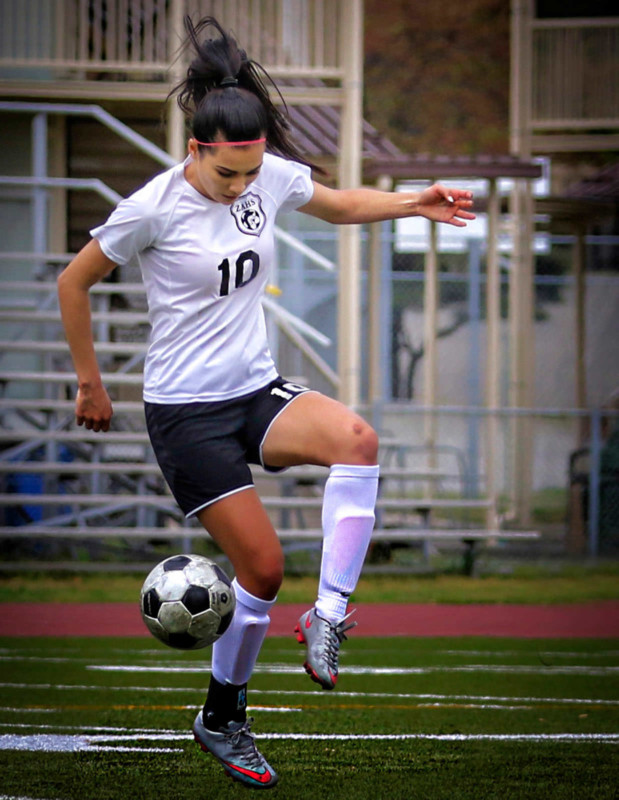

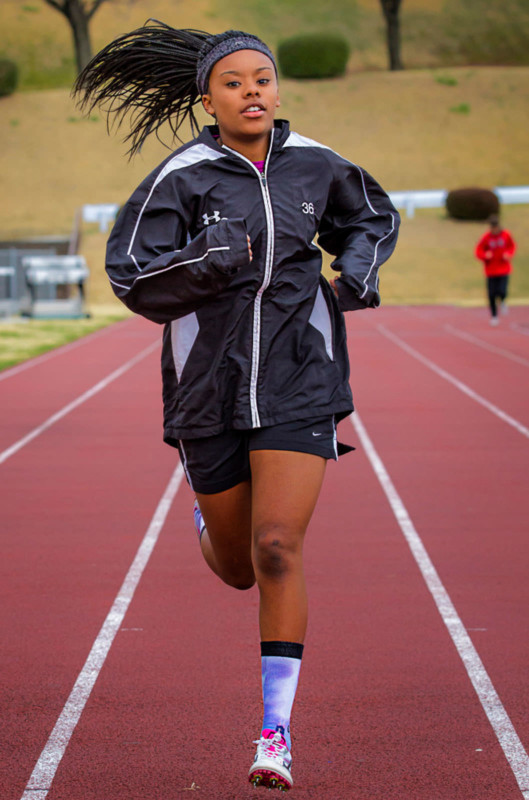


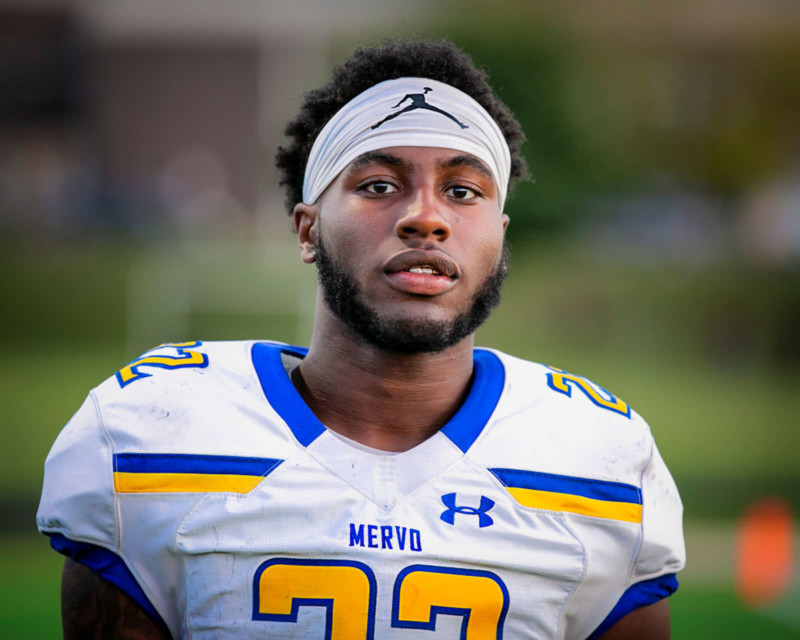
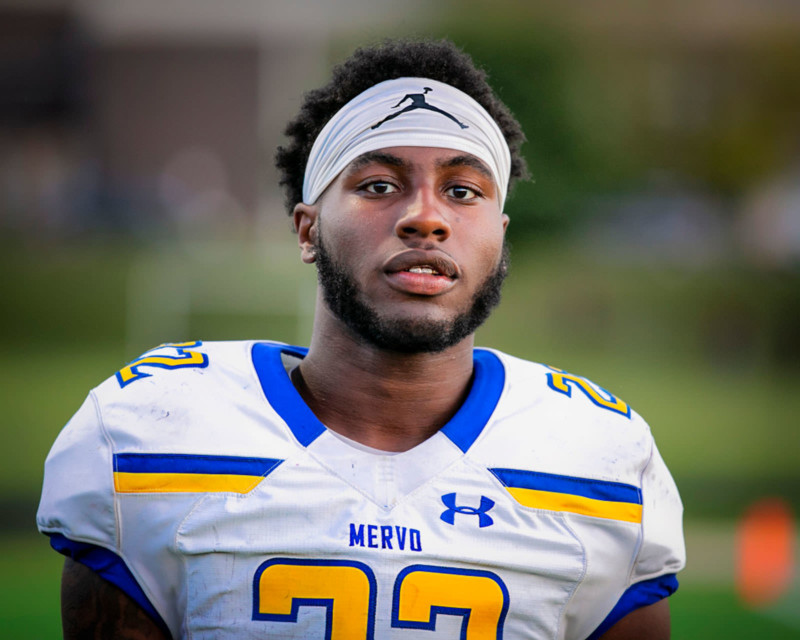

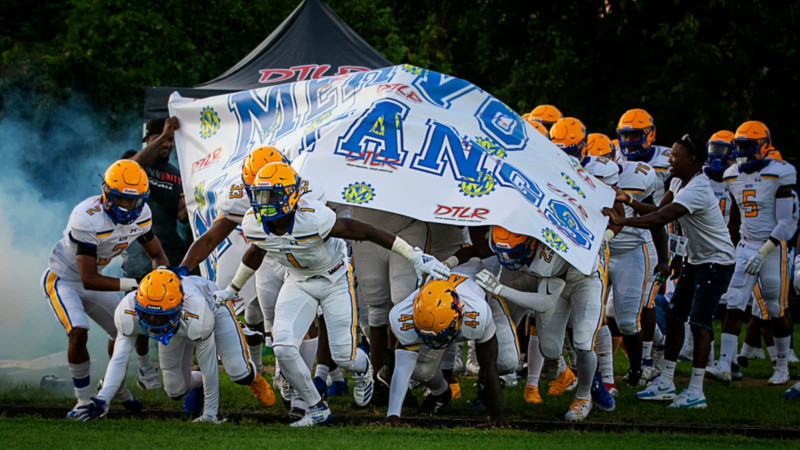
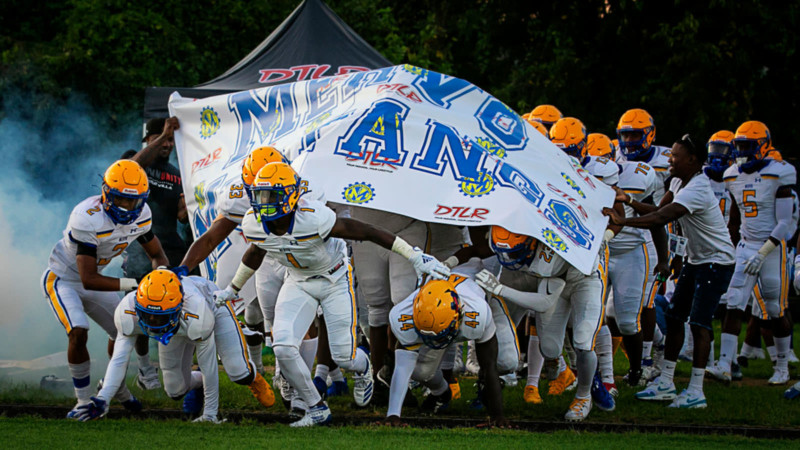

Sports photography presents challenges and obstacles unlike those of other genres. The problems of mastering light and freezing action are in constant conflict. Adding this to the fast pace of the game allows for no time to stop and think. The photographer is constantly engaged throughout the entire game. Any break on the photographer’s part can result in that iconic missed shot. Planning occurs prior to the event, and evaluation happened at the closing buzzer.
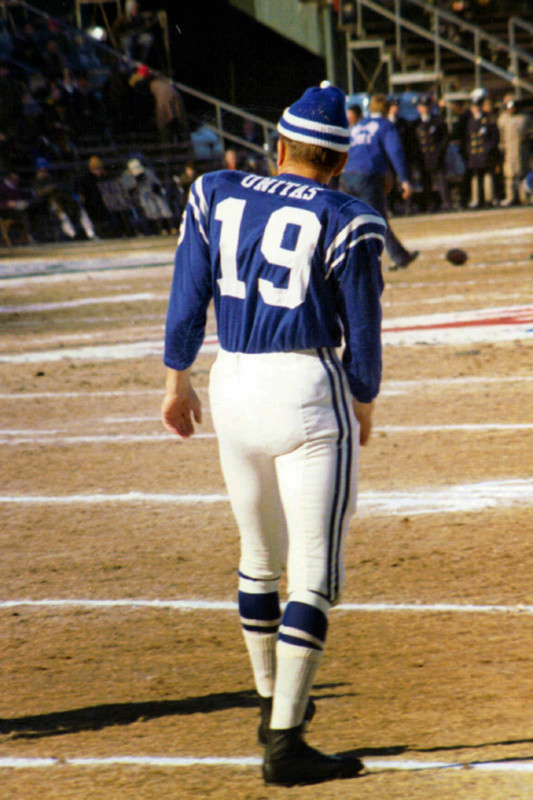
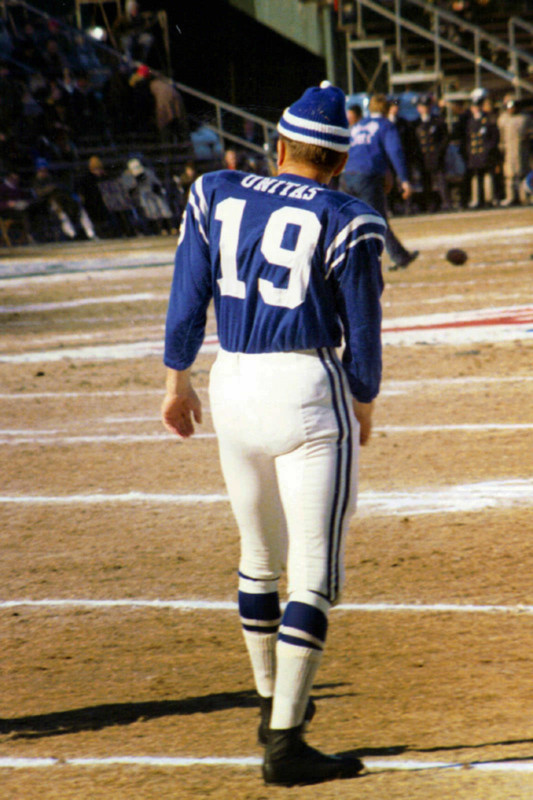

The above photo was my first-ever outing in a professional arena. I was a young college student with my Minolta SRT 101 and a 135mm prime lens. My goal was simple – to capture on film a shot of the hero of Baltimore, Johnny Unitas. I hope today there are young people in my home city who are trying to freeze a moment in the life of their hero, Lamar Jackson.
About the author: Charles Levie is a photographer and math educator based in West Friendship, Maryland. The opinions expressed in this article are solely those of the author. You can find more of Levie’s work on his website, Facebook, Flickr, and Instagram. This article was also published here.